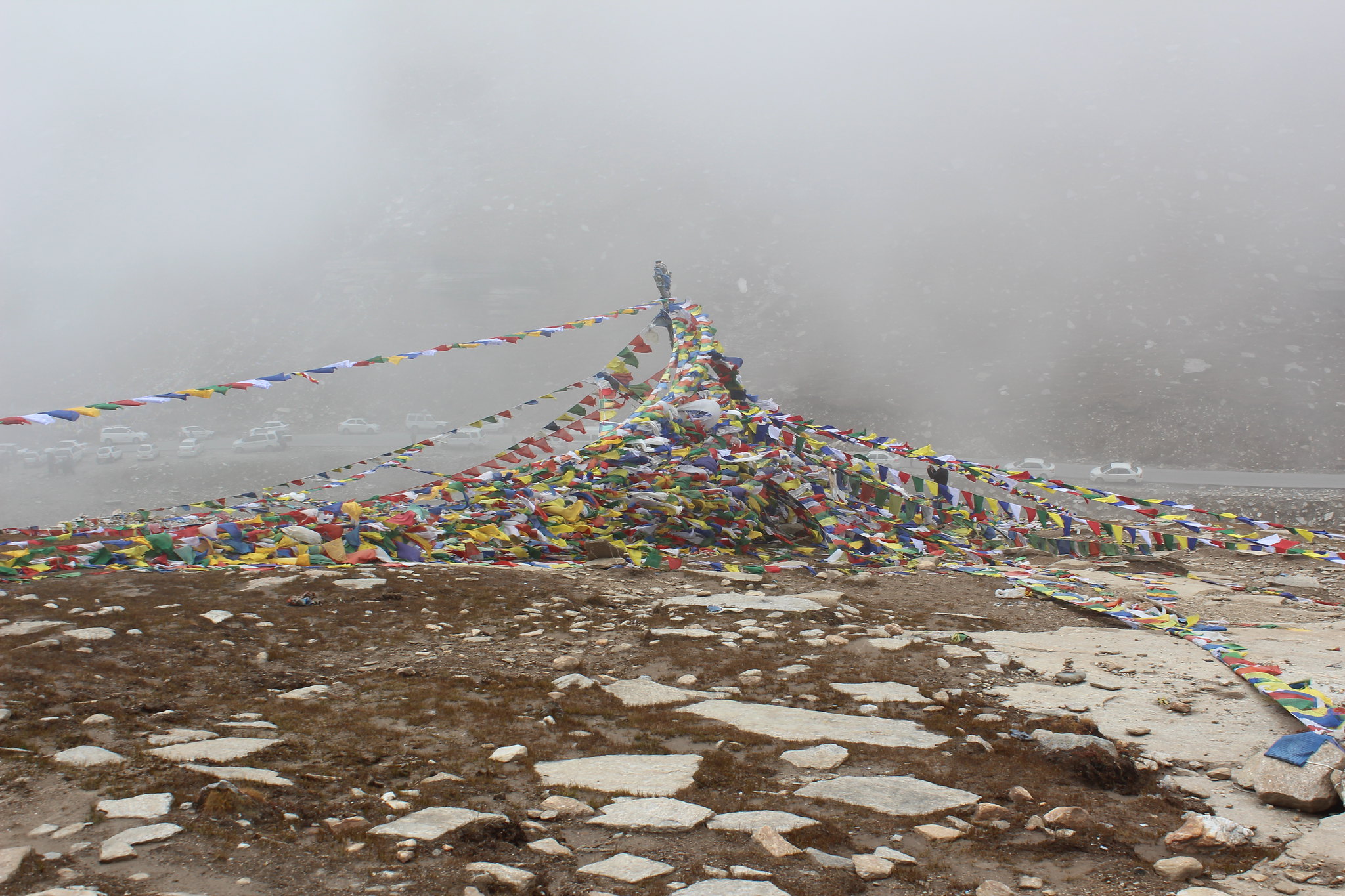कल मैं यहाँ नहीं था
कुछ दिन पहले मुझे तुम्हारे बारे में पता भी न था
कुछ हफ्ते पहले तुमसे मिलने की योजना भी नहीं थी
कुछ महीने पहले जिंदगी जैसे चलती है वैसे ही चल रही थी
कुछ वर्ष पहले मैं इस संसार में ही नहीं था
कुछ दशक पहले मेरा प्रदेश भी नहीं था
कुछ सदियों पहले मेरी भाषा भी नहीं थी
कुछ हज़ार साल पहले मेरा धर्म भी नहीं था
कुछ हज़ार साल पहले घरों की चिमनियों से धुआँ भी नहीं उठता था
उससे पहले ये घर भी नहीं थे
ये खेत, ये हल, ये औज़ार
ये मनुष्यों के बनाये हुये आँगन, द्वार कुछ भी नहीं थे
कहते हैं कि मैं पैरों पर चलने के पहले
जंगलों में डालियों पर कूदा करता था
उससे कई हज़ार साल पहले
मैं जीवन के रूप में धरती पर नहीं था
शायद समुद्र में एक सम्भावना के रूप में विद्यमान था
मेरा कहीं कुछ भी नहीं था,
कुछ अवश्यम्भावी नहीं,
मेरे आने की कोई आहट, कोई संकेत नहीं,
तुम तब भी यहीं बह रही थी, स्पीति।
प्रागैतिहासिक काल से लेकर वर्तमान तक
एक दिशा को अपनाकर
तुमने यूँ सम्भावनाओं को रूख दिया था शायद
तुम्हारी तलहटी में मैंने सुने हैं संगीत जीवन निर्माण के
तुम्हारे गाढ़े हरे रंग में मैंने देखे हैं रंग प्राण के
जब प्रकृति ने मानव नामक रचना की कल्पना ही की थी,
तुम तब भी यहीं बह रही थी, स्पीति।
कुछ दिन पहले मुझे तुम्हारे बारे में पता भी न था
कुछ हफ्ते पहले तुमसे मिलने की योजना भी नहीं थी
कुछ महीने पहले जिंदगी जैसे चलती है वैसे ही चल रही थी
कुछ वर्ष पहले मैं इस संसार में ही नहीं था
कुछ दशक पहले मेरा प्रदेश भी नहीं था
कुछ सदियों पहले मेरी भाषा भी नहीं थी
कुछ हज़ार साल पहले मेरा धर्म भी नहीं था
कुछ हज़ार साल पहले घरों की चिमनियों से धुआँ भी नहीं उठता था
उससे पहले ये घर भी नहीं थे
ये खेत, ये हल, ये औज़ार
ये मनुष्यों के बनाये हुये आँगन, द्वार कुछ भी नहीं थे
कहते हैं कि मैं पैरों पर चलने के पहले
जंगलों में डालियों पर कूदा करता था
उससे कई हज़ार साल पहले
मैं जीवन के रूप में धरती पर नहीं था
शायद समुद्र में एक सम्भावना के रूप में विद्यमान था
मेरा कहीं कुछ भी नहीं था,
कुछ अवश्यम्भावी नहीं,
मेरे आने की कोई आहट, कोई संकेत नहीं,
तुम तब भी यहीं बह रही थी, स्पीति।
प्रागैतिहासिक काल से लेकर वर्तमान तक
एक दिशा को अपनाकर
तुमने यूँ सम्भावनाओं को रूख दिया था शायद
तुम्हारी तलहटी में मैंने सुने हैं संगीत जीवन निर्माण के
तुम्हारे गाढ़े हरे रंग में मैंने देखे हैं रंग प्राण के
जब प्रकृति ने मानव नामक रचना की कल्पना ही की थी,
तुम तब भी यहीं बह रही थी, स्पीति।







